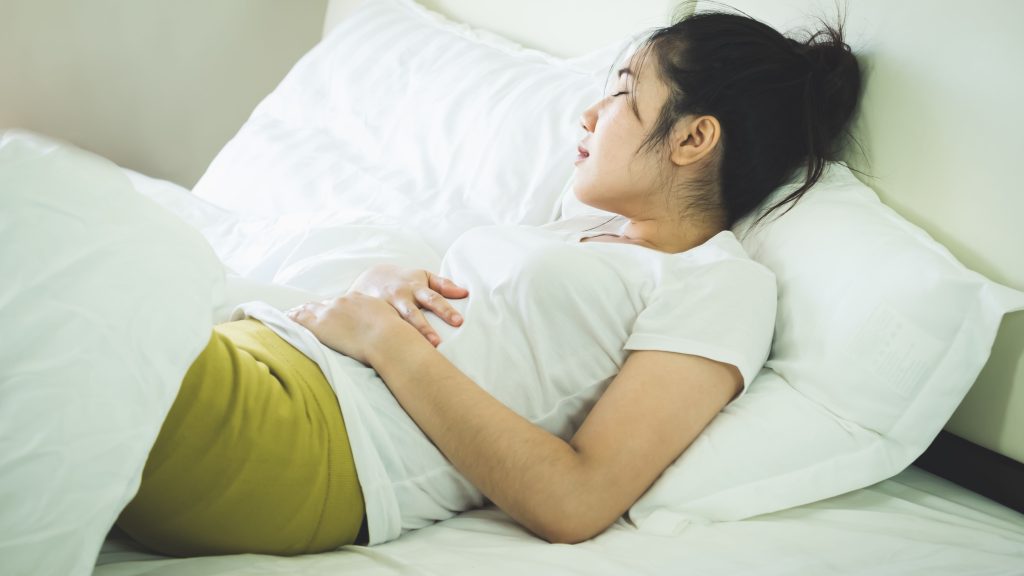Many people recall their first period, and as far as some are concerned, it was a fantastic experience. We asked people to share their experiences from that day. The most common shared characteristic we observed was apprehension when sharing new information about menarche with relatives from one side of the world. Starting a conversation about the monthly cycle is still a long way off.

OHH, MY FIRST PERIOD! All had a different experience and a different way to tackle it. But they’re a part of growing up and a necessary element in a female’s body, so apart from the pains, it is good that your vagina tells you you’re not pregnant every month! A much-needed sign.
Nowadays, people prefer to have a when will I have my first-period quiz to get to know the gist of a near around as per their puberty experiences. You should try the best one.
What to do when you start your first period?
If you’ve started your period and don’t have anything to need for the blood, do all it takes not to stress. You can make a temporary cushion out of lavatory tissue to tide you over until you can obtain a proper cushion or tampon.
- Take a long piece of toilet tissue (about ten squares) and layer the layers on top of one another.
- Place this where a cushion would go: along with the texturing board between your legs (called the gusset) in the center of your garment.
- Fold another strip of lavatory tissue over the “cushion” and your garment a couple of times. This will help to keep the tissue in place.
- Insert the tissue finish into the highest point of the finished wrap. You now have a makeshift cushion.
What does it feel like?
Each female’s menstrual cycle is unique. Periods can vary in length, frequency, and significance. Some girls have extremely mild periods, while others have pretty heavy periods. According to others, the introductory period is mild, with a small amount of blood. It could begin gradually, with some spotting or earthy-colored emission before turning red. Other people’s periods begin abruptly, with sparkling crimson blood appearing right away. In any case, this is typical. Period blood can range in color from brown to faint red. Certain people may also pass little blood clumps. Having a period can feel like having a vaginal release, but some women don’t feel anything.
Different kinds of problems that come with your first period
Although an individual’s first few periods are frequently mild, delivering a handful of spots of red-earthy colored blood consistently, you may have a more considerable stream. Once your hormones have settled, your month-to-month time frame will follow a more consistent pattern.
You ought to likewise let a confided in grown-up know if you:
- need to change your cushion, tampon, or feminine cup each one to two hours
- feel bleary-eyed
- feel like your heart is hustling
- have draining that endures over seven days
Many young females anticipate that their blood will be a brilliant scarlet during their periods. However, it is entirely normal for feminine blood to be earthy. It’s also normal for some young women to only have their first period for 2 or 3 days. Many young females will have a very little flow the first few times they have their period, while others will have a heavier flow.

Sum Up
During the first few years of the female cycle, how long your period lasts and how frequently it occurs can alter. That is because your body might produce a variety of substances beginning with one feminine cycle and progressing to the next. Different things can also influence periods, like sustenance, exercise, and prescriptions. Assuming you have any worries about your period, converse with your PCP.